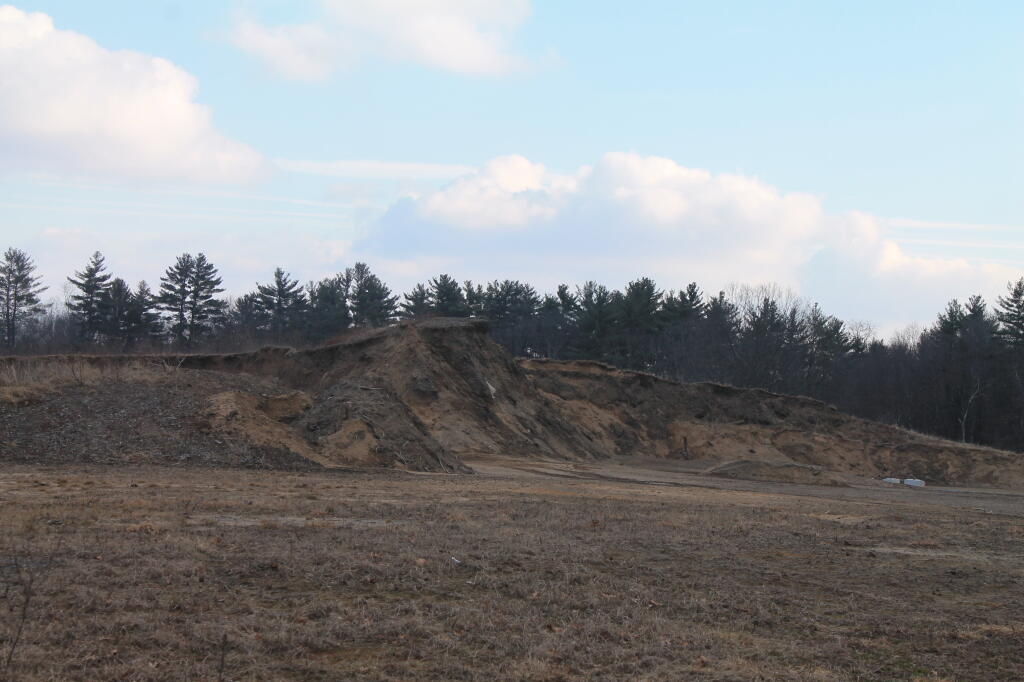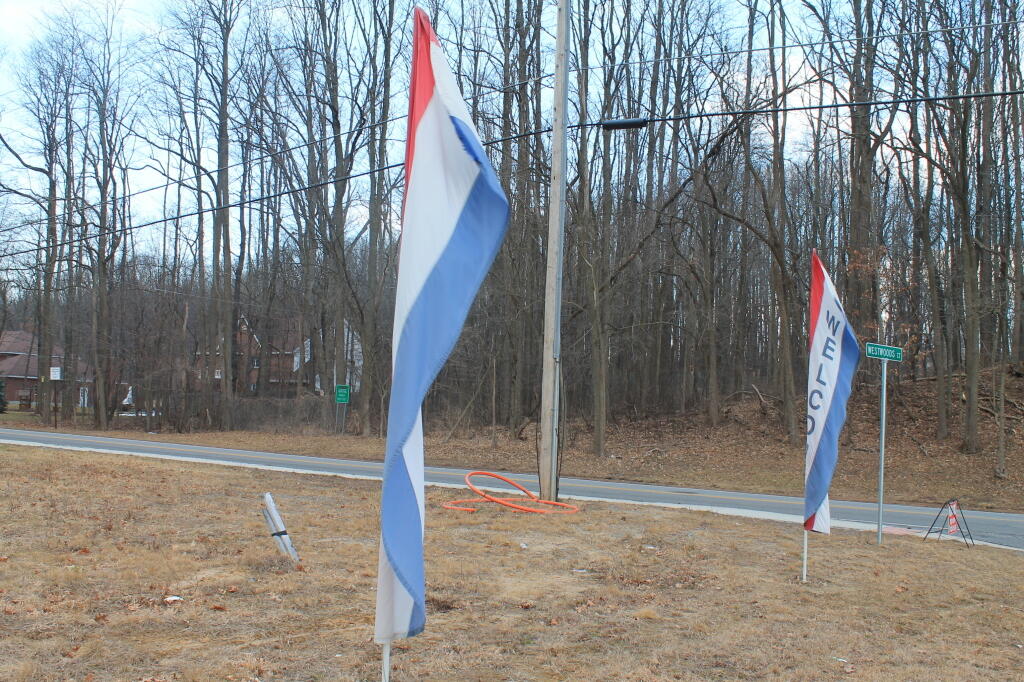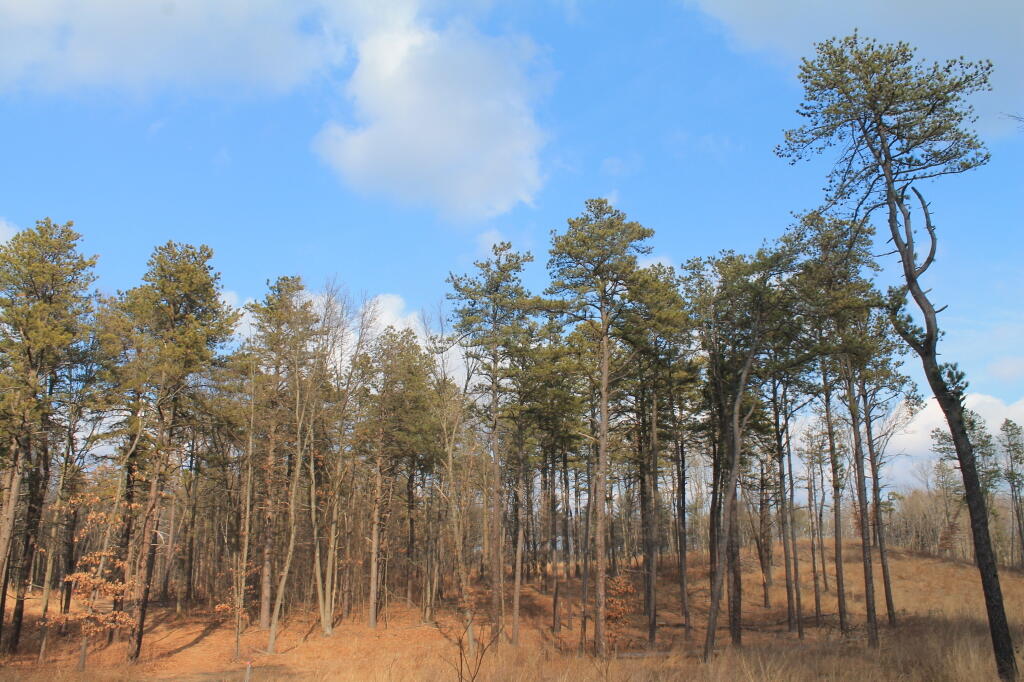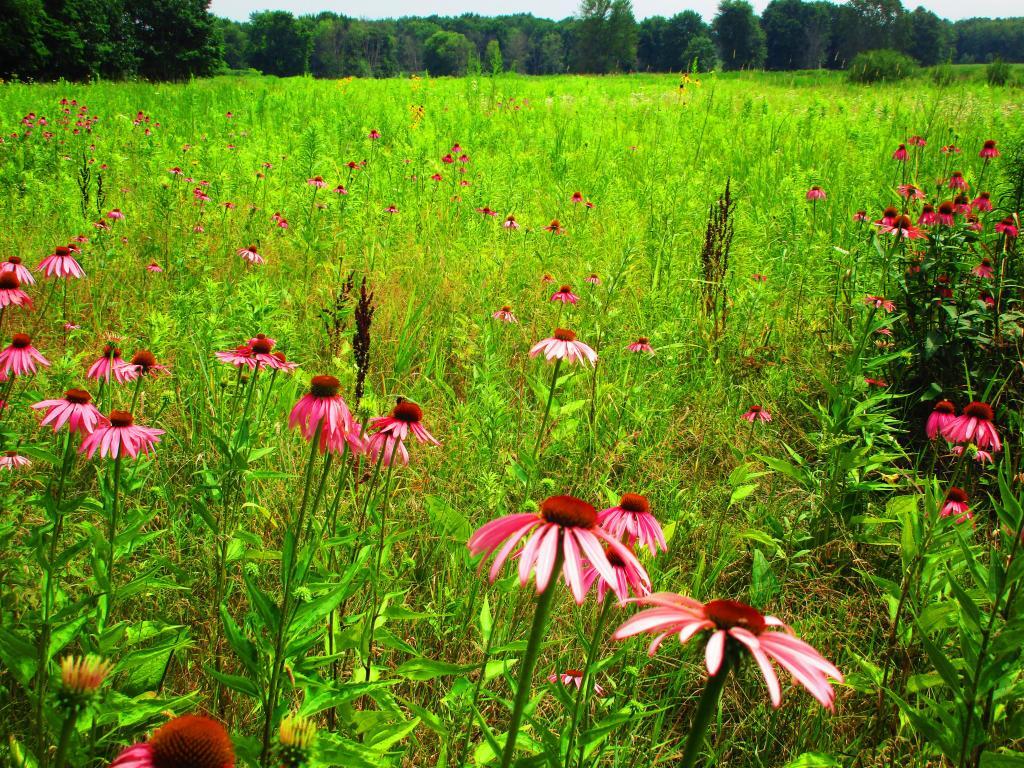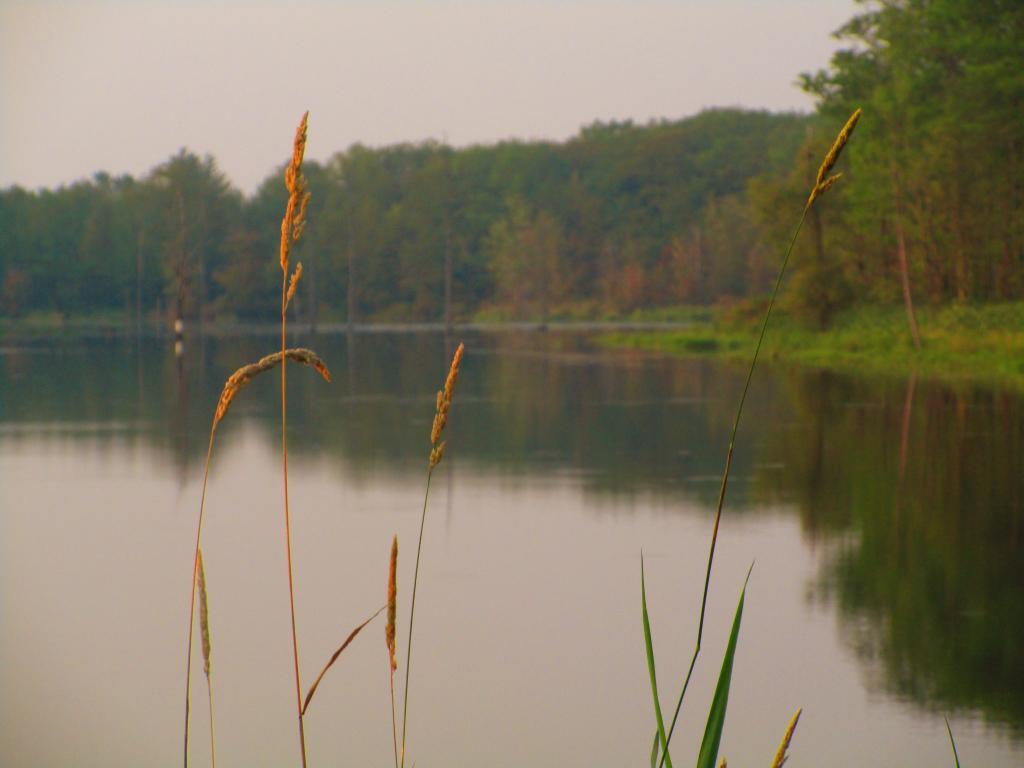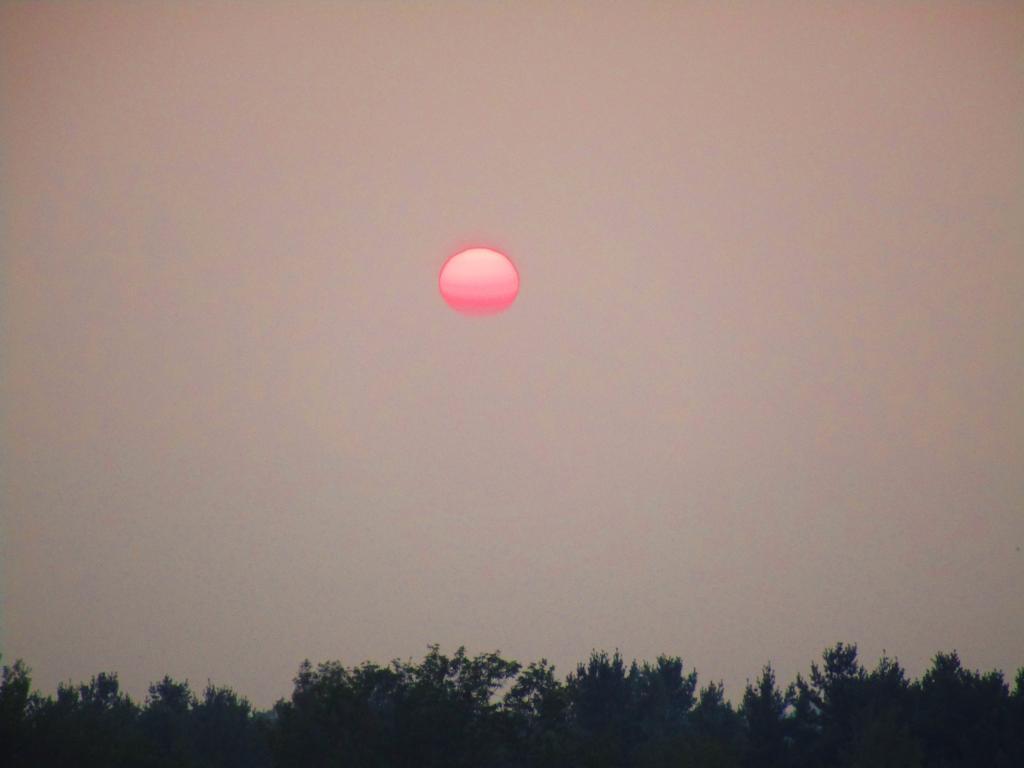Like Fuck.
Like Fuck You Guilderland.
Like Fuck You Wealthy Folk.
We’ve all probably uttered that word, sometimes more then we’d be proud of it. Yet, sometimes somethings are just truly vulgur like tearing down sand dunes to build McMansions.
The first part of any housing development in the Albany Pine Bush appears to be the leveling of the land, and the carting off the sand to fill in other areas. To make the landscape flat and boring, so a suburban street grid, driveways, and foundations can be laid.
It involves tearing down tall beautiful pitch pines, removing habitat that might be restored if fire were to touch it once again, to sterlize the landscape for generations to come.
People need places to live, places to farm, places to use. But do they really need to tear down magnificent sand dunes? If they had to build, couldn’t they have left more of the trees standing, and built on the dunes, and preserved the terrian?
It might be easy and cheap to bulldoze sand. There is no rocks to blast away at. But making it all flat, just to stick tacky, plastic and plywood houses for the wealthy just seems so vulgur and awful.
